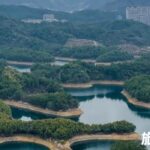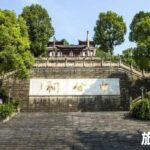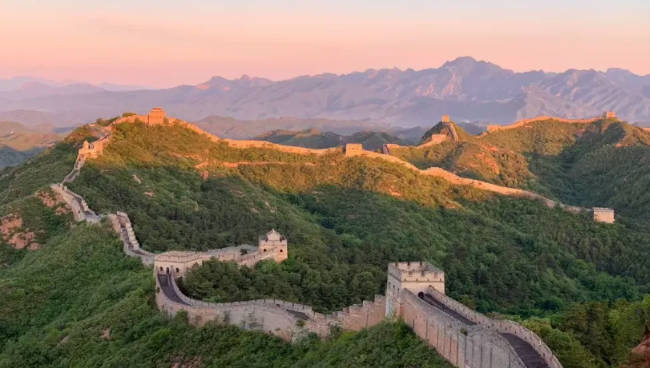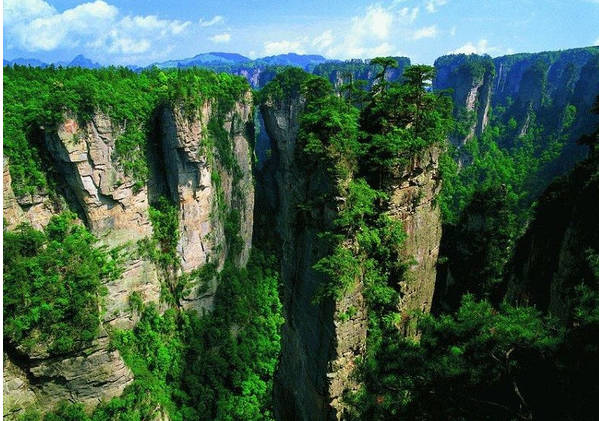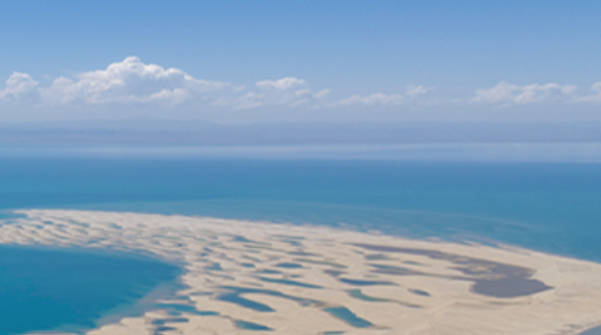There is an irresistible magnetic attraction that draws you in from the moment you learn about Sanxingdui. Watching documentaries and reading ‘The Classic of Mountains and Seas’ to understand and approach it. Today I’ve truly arrived! The heart swells with emotion, a myriad of flowers blooming. Fearing that the heartbeat might shatter the tranquility around, traversing a thousand years to meet the ancient Shu Kingdom. Beauty can be this tangible.
The course of life is so slow and patient. The unearthed artifacts from Sanxingdui are stunningly unique! Bronze Standing Figures, Bronze Masks, Bronze Trees… Where have I seen such a site before? The details of the Sanxingdui artifacts are endless, with so many mysteries yet to be solved. The ancient Shu civilization thrives, and it’s worth the long journey to explore.
**Sanxingdui Introduction**
The Sanxingdui site was discovered at the end of the 1920s and is the most extensive, longest-lasting, and culturally rich ancient cultural site found to date in the southwestern region of China, known as ‘The Ninth Archaeological Wonder’. It dates back approximately 4500 to 2800 years, covering an area of 12 square kilometers. The discovery of the Sanxingdui site has strongly evidenced the existence of the ancient Shu Kingdom three to four thousand years ago, and the multiplicity of the origins of Chinese civilization.
**Sanxingdui Museum Introduction**
Located in the northeast corner of the Sanxingdui site, the museum is situated in the historical and cultural city of Guanghan, Sichuan Province, by the riverside of the Duck’s River, 38 kilometers south of Chengdu. The basic exhibition consists of two major galleries: ‘The Comprehensive Hall’ and ‘The Bronze Hall’, with an exhibition area of nearly 12,000 square meters. The display combines scientific popularization and artistic beauty, reflecting the brilliance of Sanxingdui as the source of the Yangtze River civilization and the root of the Tianfu culture. Since its discovery in 1929 and the start of excavations in 1934, Sanxingdui has undergone more than ten excavations, especially with the discovery of two sacrificial pits in 1986, where thousands of rare treasures were unearthed.
**Visiting Information**
During the off-season, you can buy tickets directly; during the peak season, you need to book tickets in advance on the WeChat public account or official website of the Sanxingdui Museum. The ticket office at the museum’s visitor center only handles garden tickets (excluding gallery visits) and preferential tickets for policy reasons.
If you encounter peak periods, the gallery has a restricted flow and does not allow re-entry.
Opening hours: 08:30. Stop ticket sales: 17:00.
Closing hours: 18:00.
Ticket price: 72 yuan. You must carry your ID card with you, and use it to enter and exit.
You can buy tickets on the spot or online (even if you buy them on Ctrip, you still need to queue to exchange them on-site).
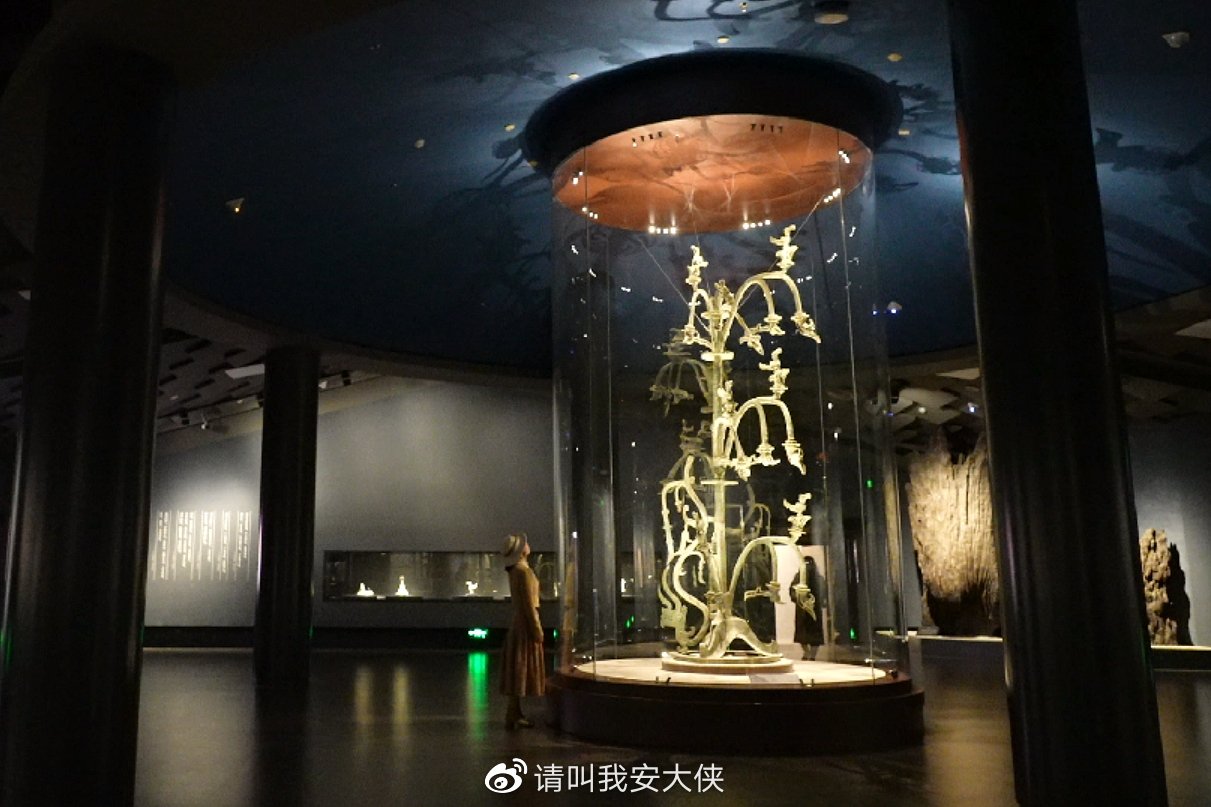
**Audio Guide**
Sanxingdui Museum offers an audio guide feature with a fee of 10 yuan for a WeChat account. All artifacts are explained. For a professional guide, the price ranges from 40 to 178 yuan depending on the level of expertise.
**Transportation Information**
Chengdu is less than 30 kilometers away from Sanxingdui, with convenient transportation options including National Highway 108, Chengdu-Mianyang Expressway, Chengdu-Mianyang-Leshan Intercity Railway, and Baocheng Railway.
High-speed train: You can take the Chengdu-Mianyang-Leshan Intercity Railway to Guanghan North Station, take Bus No. 1, transfer to Bus No. 10 at Liuyang Mingyuan, and get off at the Sanxingdui Museum station.
Scenic Area Direct Bus: Take the direct bus from the Wuhou Shrine service point in Chengdu Scenic Area (departs at 11:30 AM daily) or the Giant Panda Breeding Research Base service point (departs at 12:30 PM daily), with barrier-free round-trip service.
**Pre-visit Preparation**
It is recommended to watch the documentary ‘Sanxingdui: Vanished and Revived’ for a very detailed audio-visual material related to Sanxingdui archaeology.
Chen Kun’s ‘Shine, Chinese Civilization’.
**Museum Gallery Visit**
There are two galleries in total.
The first gallery is the Comprehensive Hall, which includes pottery, jade, bronze, and gold artifacts. The most famous Sanxing**Bronze Vertical-Eye Mask**
Among the many bronze masks unearthed at Sanxingdui, the most peculiar and majestic is the bronze vertical-eye mask. It is 0.66 meters high and 1.38 meters wide, one of the most well-known and mysterious artifacts of the ancient Shu civilization.

**Bronze Sun Disc**
The sun wheel, resembling a ‘steering wheel’, represents the brilliance of the sun with five rays and a halo. This type of artifact has never been seen in previous unearthed items.
**Gold-Masked Bronze Head**
Ancient Shu revered gold, and among the 57 bronze heads, only four wore gold masks, indicating their highest status. Scholars suggest that the hairpin might also be a symbol of status.
**Bronze Altar**
The bronze altar unearthed from the No. 2 sacrificial pit has been reconstructed for research purposes. Its structure from top to bottom consists of a shrine with mountains, a shaman, and a pair of divine birds, symbolizing heaven, earth, and humanity, showcasing the mythological cosmology of the ancient Shu people.
**Sanxingdui Cultural and Creative Products**
The cultural and creative products of Sanxingdui are incredibly charming! Leveraging its ‘mystique’ and ‘uniqueness’, the Sanxingdui IP has become very popular, playful yet profound, full of a humorous dramatic flair. The cultural and creative peripherals do not disappoint, offering a wide variety of products full of creativity at affordable prices and high cost-performance ratio. In the courtyard of the Sanxingdui Museum, among the large grove of trees, is the cultural and creative shop. In the shop, you can see basic cloth bags, ornaments, refrigerator magnets, cups, and even bronze figures playing mahjong, haha! They are also interpreted into various shapes related to Sichuan culture. There is also a series mainly featuring Sichuan cuisine, such as ice cream, mooncakes, and so on.
‘Not just a museum’ is the development vision of the Sanxingdui Museum, sincerely hoping for the continuous improvement of Sanxingdui.


